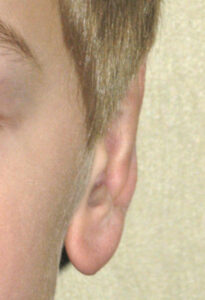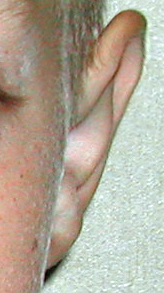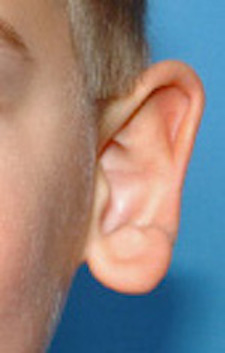Correction of prominent ears by a setback otoplasty, whether in children or adults, is a highly rewarding procedure for most patients. Numerous techniques have been described in how to reliably and permanently setback the cartilage of the protruding ear. None of these technique have proven to be absolutely superior over the others, indicating that any of them when well done works satisfactorily.

In the December 2020 issue of the Journal of Plastic, Reconstructive and Aesthetic Surgery, an article on this topic was published entitled ‘Prominent ear lobe correction during Pinnaplasty’. In this short paper the authors reinforce the concept that the non-cartilaginous earlobe can and should be adjusted during the primary ear reshaping surgery. They use an extension of the incision pattern on the back of the ear over the cartilages down onto the earlobe skin on its backside. The earlobe is setback by skin excision. One long skin closure is then done on the back of the ear.

Dr. Barry Eppley
Indianapolis, Indiana





